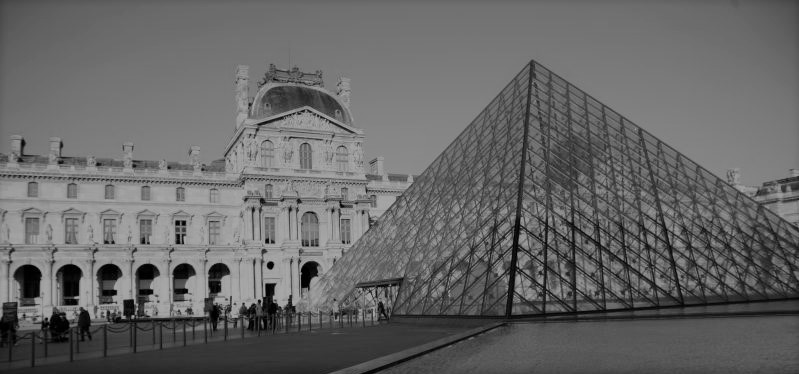How Does Evolution Work In Architecture?
Translating biological theories into architectural studies necessitates a clear understanding of the evolutionary processes at play. Often, our lack of clarity obscures what exactly is evolving. While recent anthropological focus has shifted towards human behavioral evolution, there remains a tendency to overlook the role of inorganic elements in evolution. Cultural attributes, crucial in effecting change, are frequently excluded from discussions on human evolution, despite their significance in shaping it alongside genetics and natural selection.
Organisms, including humans, undergo change due to various selective pressures, whether from the physical or social environment or random chance. Anthropologists must grasp not only the evolutionary context but also its outcomes. Just as biologists extend the phenotype of birds to include nests, understanding human evolution demands considering cultural constructs like housing.
Among the built environment, houses hold paramount importance due to their prevalence. Understanding the evolution of dwellings requires establishing criteria, with typology offering a robust framework. Typology encompasses both the essence and organization of architectural forms, facilitating not just imitation but transformation. Architectural types evolve gradually, responding to economic, cultural, and environmental factors.
Civilization’s coherence relies on the continuity of its dwelling typology. Integrating new constructs into existing contexts ensures vitality, whereas neglecting historical typological compositions leads to semantic triviality. We must assess past and present housing prototypes to grasp their utility and significance.
Evolutionary narratives often overlook the halting, unpredictable nature of the process, characterized by shifts between adaptive plateaus. Dwelling types exhibit long periods of stasis punctuated by rapid change, akin to punctuated equilibrium in biology. Specialists face greater extinction risks than generalists due to their narrow adaptations.
Random processes contribute to patterns, with geographically widespread dwelling types exhibiting resilience. Environmental context and cultural interactions drive the evolution of new house types, irrespective of geographical changes. Even in stable environments, economic pressures perpetuate evolutionary dynamics in architecture.
Some ideas to think about:
- Mosaic evolution is a concept used primarily in evolutionary biology and anthropology to describe a pattern of evolution where different traits or features of an organism evolve at different rates and times, rather than all traits evolving simultaneously or uniformly. This concept helps explain the complexity and variability observed in the evolutionary history of species.





Leave a Reply
Want to join the discussion?Feel free to contribute!